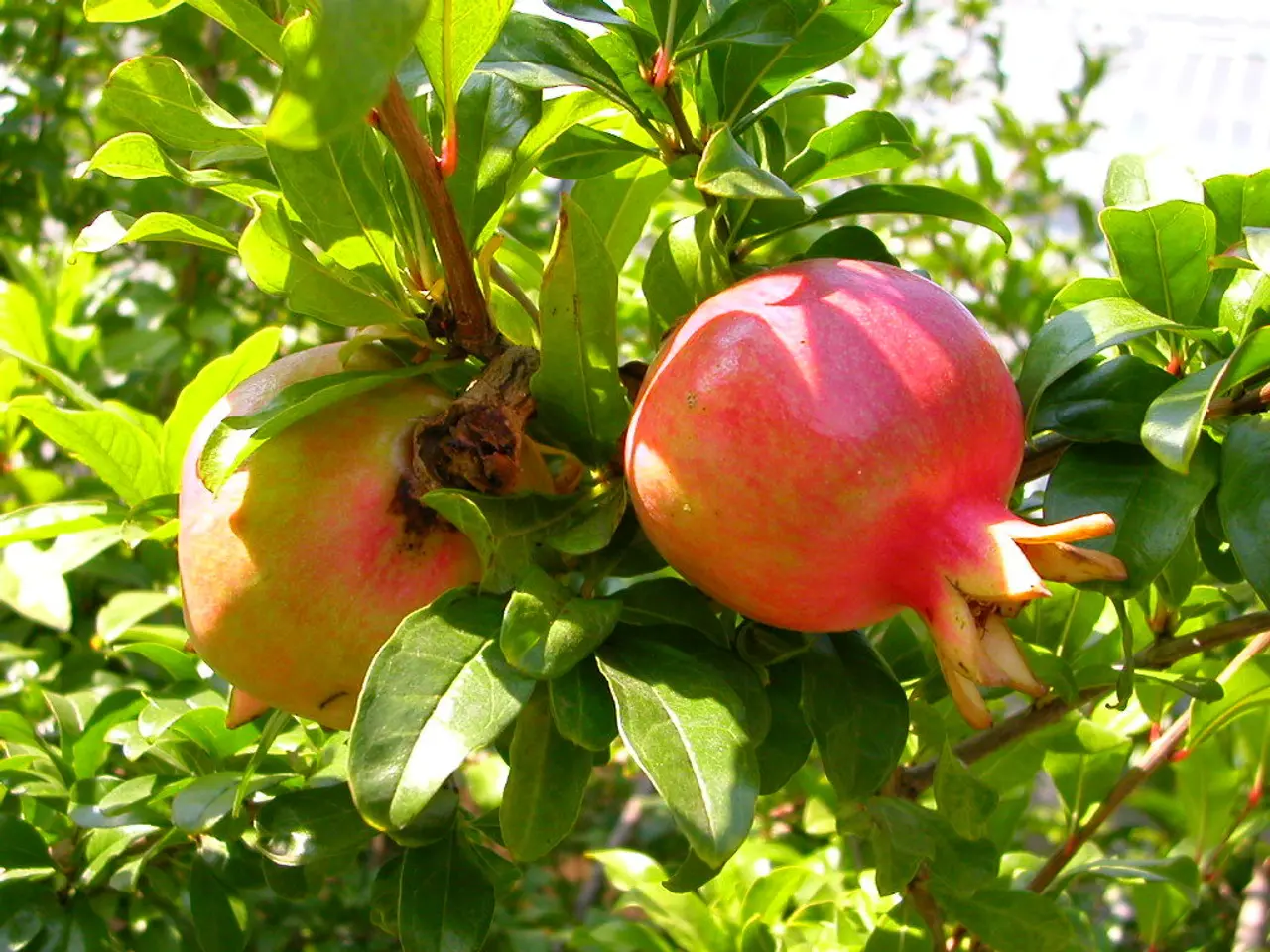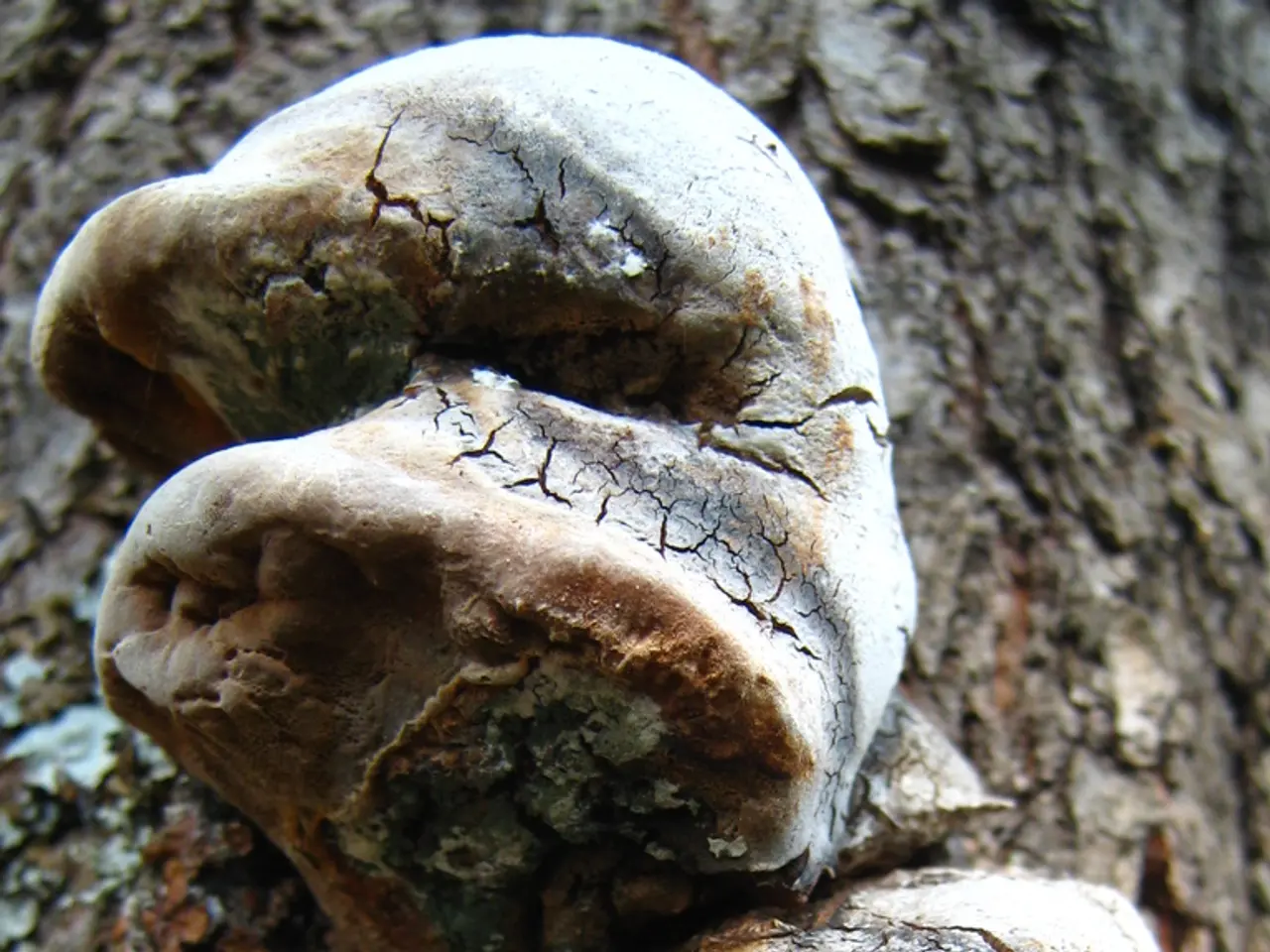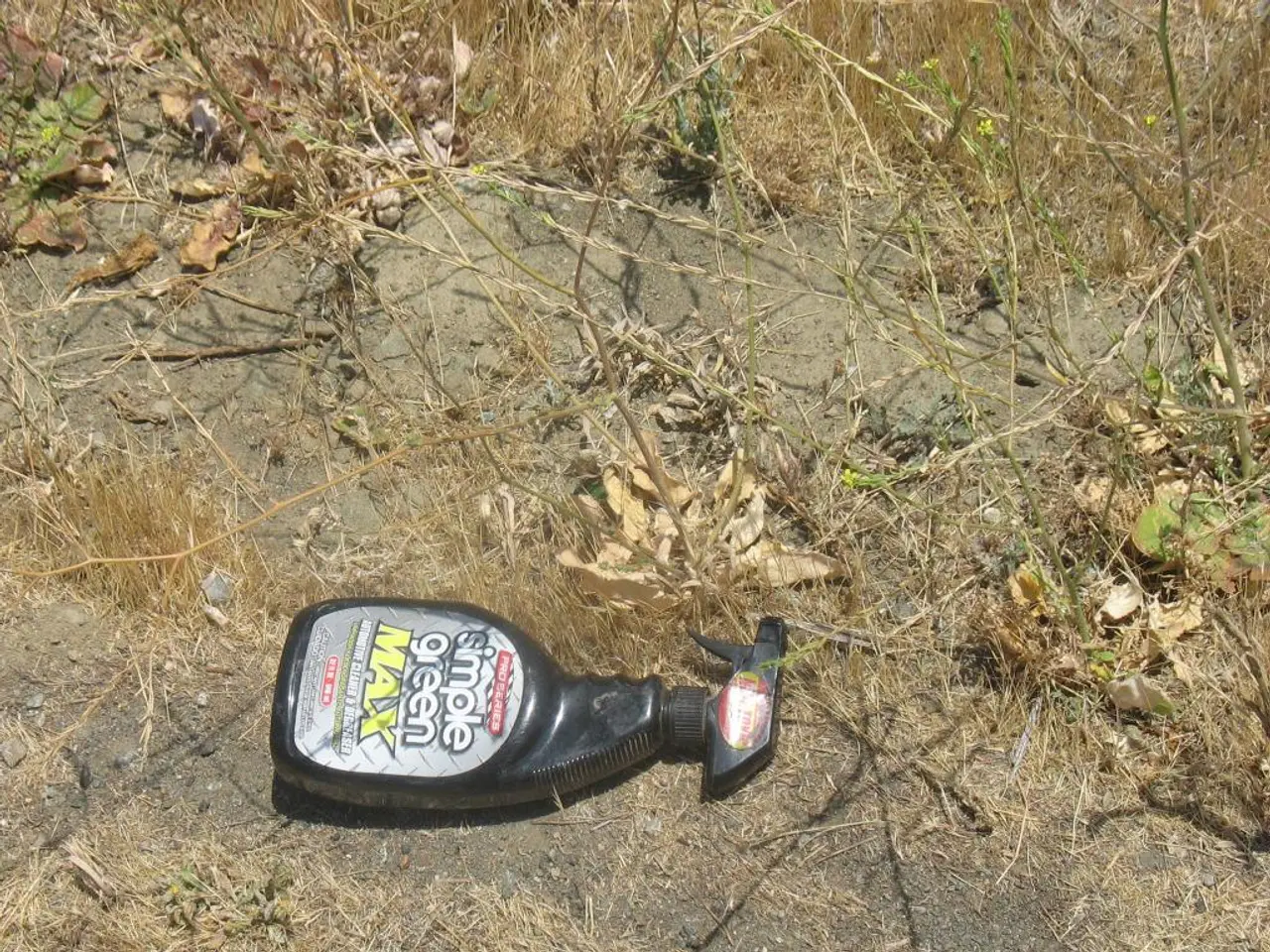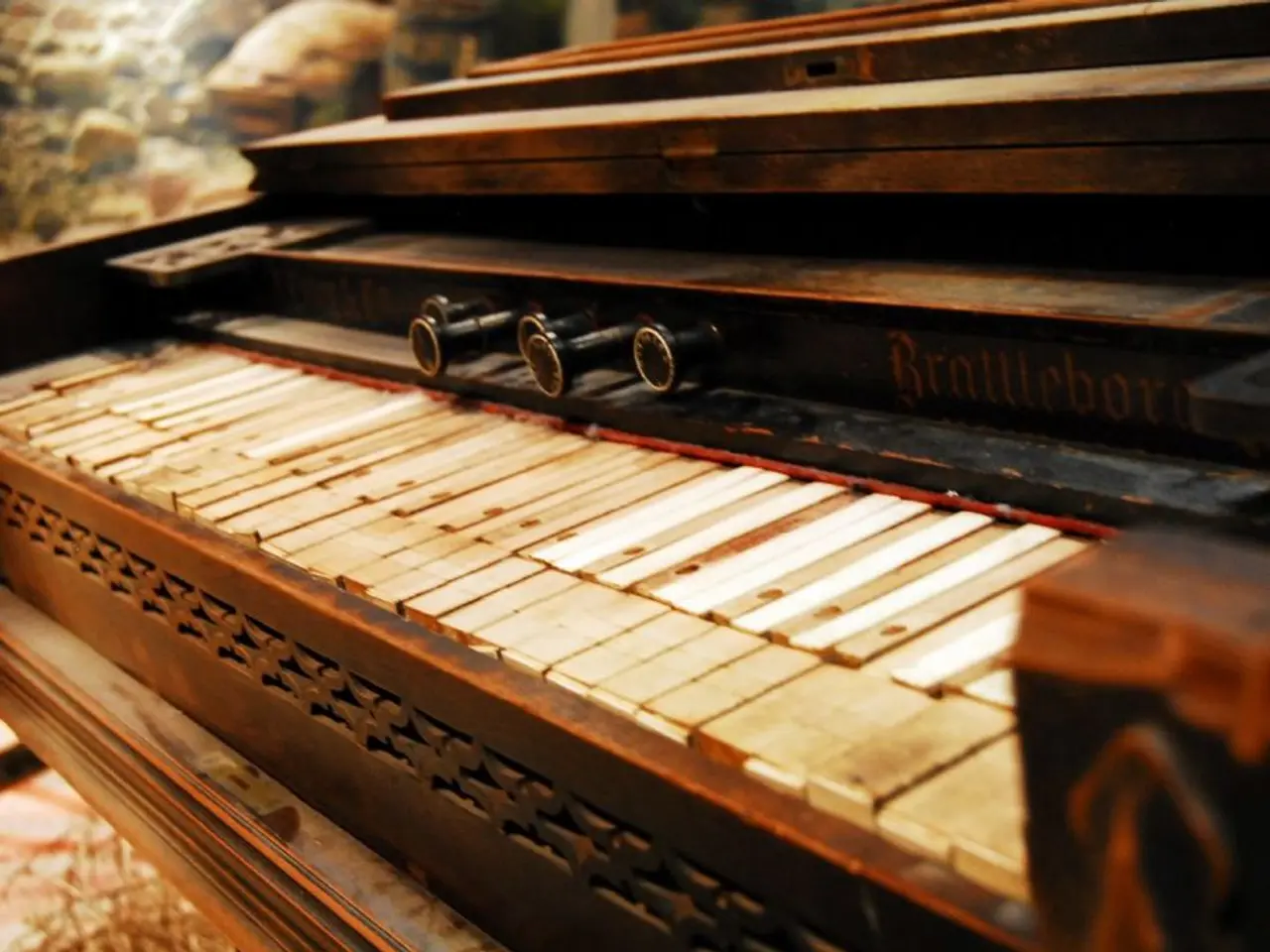Prune these perennials in summer to foster a bloom boom:
Embracing Summer Bloom: Your Handy Guide to Pruning Perennials
Want a burst of color in your garden all summer long? Learn how to cut back and shape your cherished perennials for a brilliant bloom bonanza! Here are the top 10 perennials you should trim in summer and some handy pruning hacks to make sure you're doing it right.
Your Summer Pruning Checklist
- Catmint – This sturdy perennial naturally sprouts flowers from late spring through late summer. By removing wilting flower stems or cutting it back by a third when it stops flowering, you'll encourage resilient growth and a bushy appearance.
- Yarrow – Similar to catmint, yarrow features long-lasting blossoms. Shedding those floppy, spent stems around the base will encourage your plants to grow stronger and may even tempt them to re-bloom come fall.
- Anise Hyssop – Even though it's usually pruned in spring, anise hyssop responds well to light pruning in summer. Focus on removing old, bedraggled flowers and pinching back the stems for a fuller, more flower-friendly plant – just remember to cease trimming by mid-summer to protect your hyssops from cold damage.
- Lady's Mantle – By cutting this plant down to the ground late in the summer, you'll foster fresh regrowth that might even produce an autumnal floral display. Additionally, removing the old blooms before they start self-seeding is a smart move to control its spread.
- Salvias – The majority of perennial salvias bloom throughout summer and into autumn. Regular deadheading of these plants will lead to even more flowers. If you want to push it a bit further, cut back their flower stems by a third after the initial bloom, which may result in a secondary bloom.
- Cranesbill Geranium – This long-season bloomer actually prefers a drastic trim. Simply cut the plants back hard once the main flowering season is over, and enjoy the new growth and better blooms this technique encourages.
- Perennial Coreopsis – Deadhead annual coreopsis when it wilts, but perennial coreopsis needs a bit more TLC. Either cut the top of its flowering stems back to a leaf node or prune entire stems down to the ground. For an extended bloom period, prune back sections of your coreopsis plant weekly to avoid empty patches in your garden.
- Delphiniums – These tall beauties have a relatively short flowering period, but cutting back the old flower stems after their main bloom might inspire a few more blooms in the autumn. Once you've finished pruning, pamper them with plenty of water and a balanced fertilizer to support their stunning blooms.
- Veronica – Deadheading the airy flower spikes from veronica could entice fresh blooms, and cutting the stems down to one of the lower rosettes of leaves when the flowers are spent can extend the flowering season even further. A boost of a balanced fertilizer following pruning will aid in the development of even more flowers.
- Spotted Deadnettle – This striking ground-cover plant is known for its bright purple flowers that appear from late spring to early summer. When the heat of summer arrives, its flowering wanes and the stems elongate. This is the perfect time to trim the deadnettle, which can spark new growth and even more flowers.

Top Pruning Tips
- Deadhead: Save money on seeds and enjoy more blooms by deadheading perennials regularly, like coneflowers, black-eyed Susan, and daylilies.
- Pruning Frequency: For plants like coreopsis, prune continuously and in sections to stretch the bloom season and minimize empty patches.
- Timing: Cut back plants when they've wilted or simply between spring and fall for the most vibrant results.
- Chelsea Chop: Prune your perennials by around half in late spring to early summer to control their size and promote late-season blooms.
- Tool Hygiene: Spread disease less by sterilizing pruning tools after working on different plants, especially if they were infected or infested with pests.
- Proper Pruning: Snip above a leaf node – the place where new growth will sprout – to achieve neat growth and minimize the risk of disease.
- To maintain a lush atmosphere in your garden throughout summer, don't forget to deadhead, or remove spent flowers, from perennials such as coneflowers, black-eyed Susan, and daylilies.
- Regular pruning of coreopsis will help extend its bloom period and prevent empty patches, so be sure to prune continuously and in sections.
- For the best results, prune plants like catmint, yarrow, anise hyssop, lady's mantle, salvias, cranesbill geranium, perennial coreopsis, delphiniums, veronica, and spotted deadnettle when they wilt or between spring and fall.
- If you wish to control the size of your perennials and promote late-season blooms, consider the Chelsea Chop – a technique where you prune your perennials by around half in late spring to early summer.
- Keep in mind that cleaning your pruning tools after working on different plants will help reduce the spread of diseases, especially if those plants were infected or infested with pests.
- Practice proper pruning techniques by snipping above a leaf node, which will encourage neat growth and minimize the risk of disease.









